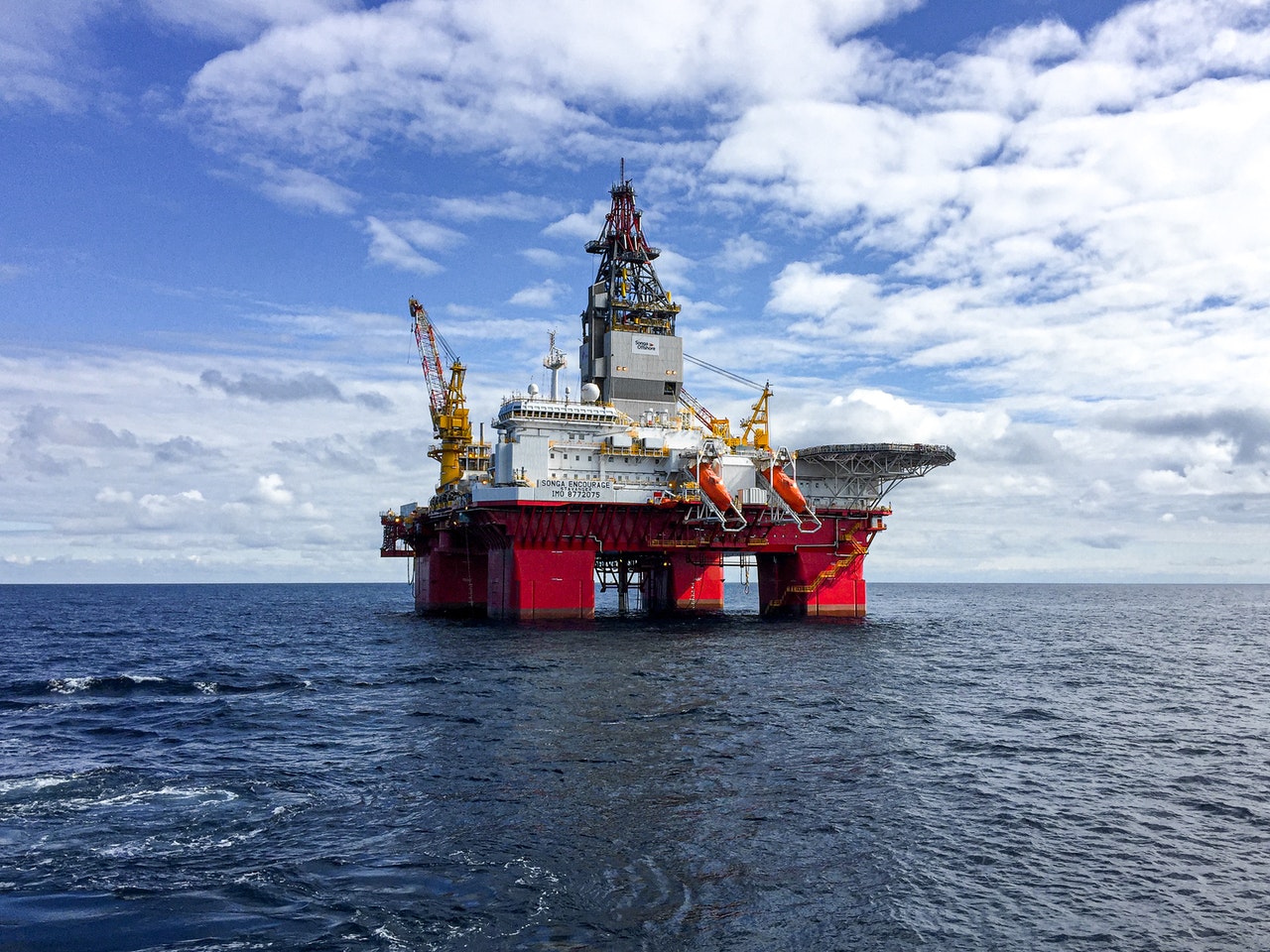
In March, there was an increase in oil and gas production, while the pre-salt accounted for 75,2% of Brazilian production in boe
In March of this year, Brazil produced 2,981 MMbbl/d (million barrels per day) of oil, which represents growth of 2,2% compared to February and 4,8% compared to February. March 2021. In addition, 134 MMm³/d (million cubic meters per day) of natural gas were also produced, a number also higher than those observed in February (increase of 0,9%) and in the same period of the previous year (increase of 6,6%). As a whole, 3,827 MMboe/d (million barrels of oil equivalent per day) were produced.
As for pre-salt production – sector with blocks for auction –, in March a volume of 2,876 MMboe/d (million barrels of oil equivalent per day) was recorded, of which 2,267 MMbbl/d correspond to oil and 96,7 MMm³/d correspond to natural gas. Such pre-salt productivity values refer to 75,2% of national production. There was a production increase of 1,2% compared to February and 8,1% compared to March 2021, and pre-salt production was generated in 131 wells.
Use of natural gas also increased
Still considering the month of March, the use of natural gas was 97,8%, with the availability of 51,7 MMm³/day to the market. Thus, gas flaring in the period was only 2,9 MMm³/d, which represents a decrease of 2% relative to the month of February and 6,2% compared to the month of March last year.
With regard to the origin of production, offshore fields were responsible for 97,1% of oil and 86,9% of natural gas produced in March. Of these fields, those operated by Petrobras were responsible for most of the Brazilian production, corresponding to 94,2% of the oil and natural gas generated in the country.
The Tupi field, in the Santos Basin pre-salt, was the main producer of oil and natural gas, as it recorded 906 MMbbl/d of oil and 43 MMm³/d of gas natural.
The Petrobras 77 platform, which produces in the Búzios field through five wells connected to it, produced 156,496 Mbbl/d of oil, making it the facility with the highest production of this material.
The FPSO Cidade de Itaguaí facility, in turn, was the facility with the highest natural gas production. It produces in the Tupi field, through 7 wells connected to it, and was responsible for the production of 7,794 MMm³/d of gas.
The largest number of onshore producing wells (949) are in Estreito, in the Potiguar Basin. Meanwhile, the offshore field with the largest number of producing wells (61) is Tupi, in the pre-salt of Santos Basin.
The marginal accumulation fields produced 293 barrels of oil equivalent per day, with oil accounting for 92,3 bbl/d and natural gas accounting for 31,9 Mm³/d. Of these, the Iraí field, operated by Petroborn, was the main producer, given that the production of 191,2 boe/d can be attributed to it.
Most production wells are onshore
In March 2022, national production was in charge of 273 granted areas, five areas of onerous transfer and six sharing, operated by 41 companies. Among these areas, 63 are maritime and 221 land, 12 of which refer to area agreements involving marginal accumulations. Production was carried out in 6.143 wells, of which 466 are offshore and 5.677 are onshore.
As for the API degree, the average oil extracted in Brazilian territory was 28,2. Furthermore, 2,1% of production was taken as light oil (with API greater than or equal to 31), 92,6% as medium oil (API greater than or equal to 22 and less than 31) and 5,3% as heavy oil (API less than 22).
The mature onshore basins (long-term fields/tests in the Espírito Santo, Potiguar, Recôncavo, Sergipe and Alagoas basins) were responsible for the production of 95.385 boe/d, of which 73,485 Mbbl/d correspond to oil and 3,482 MMm³/d correspond to to natural gas. Of the total number of barrels of oil equivalent produced per day, 51 thousand were produced by Petrobras and 44,4 thousand were in charge of concessions not operated by the company, of which: 20.424 boe/d in Rio Grande do Norte, 16.475 boe/d in Bahia, 5.979 boe/d in Alagoas, 1.329 boe/d in Espírito Santo and 175 boe/d in Sergipe.


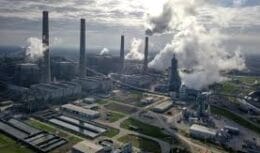
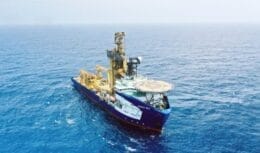
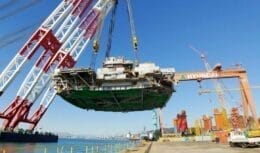




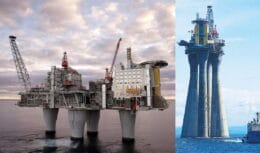



And in the state of Bahia?
Ranger with cat emblem
I have a Honda city with this engine,…
Good morning! I would like to know what they are…
NIOBIUM IS JUST STARTING TO SHOW…
I think anything that can help…
Which ones mentioned here?
Paid article. Fiat is superior in…